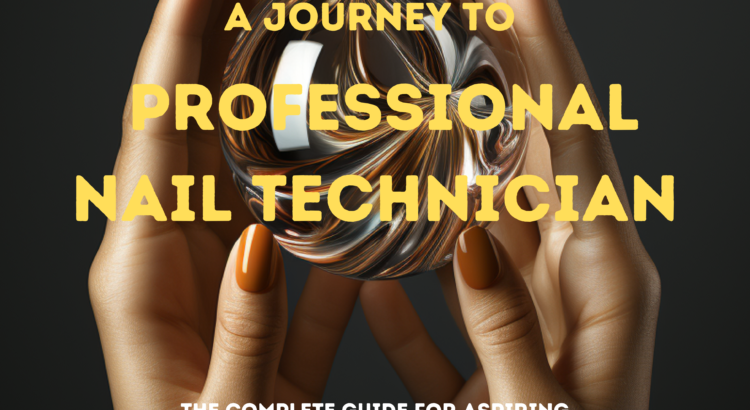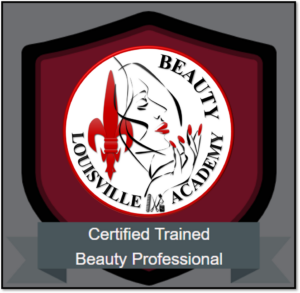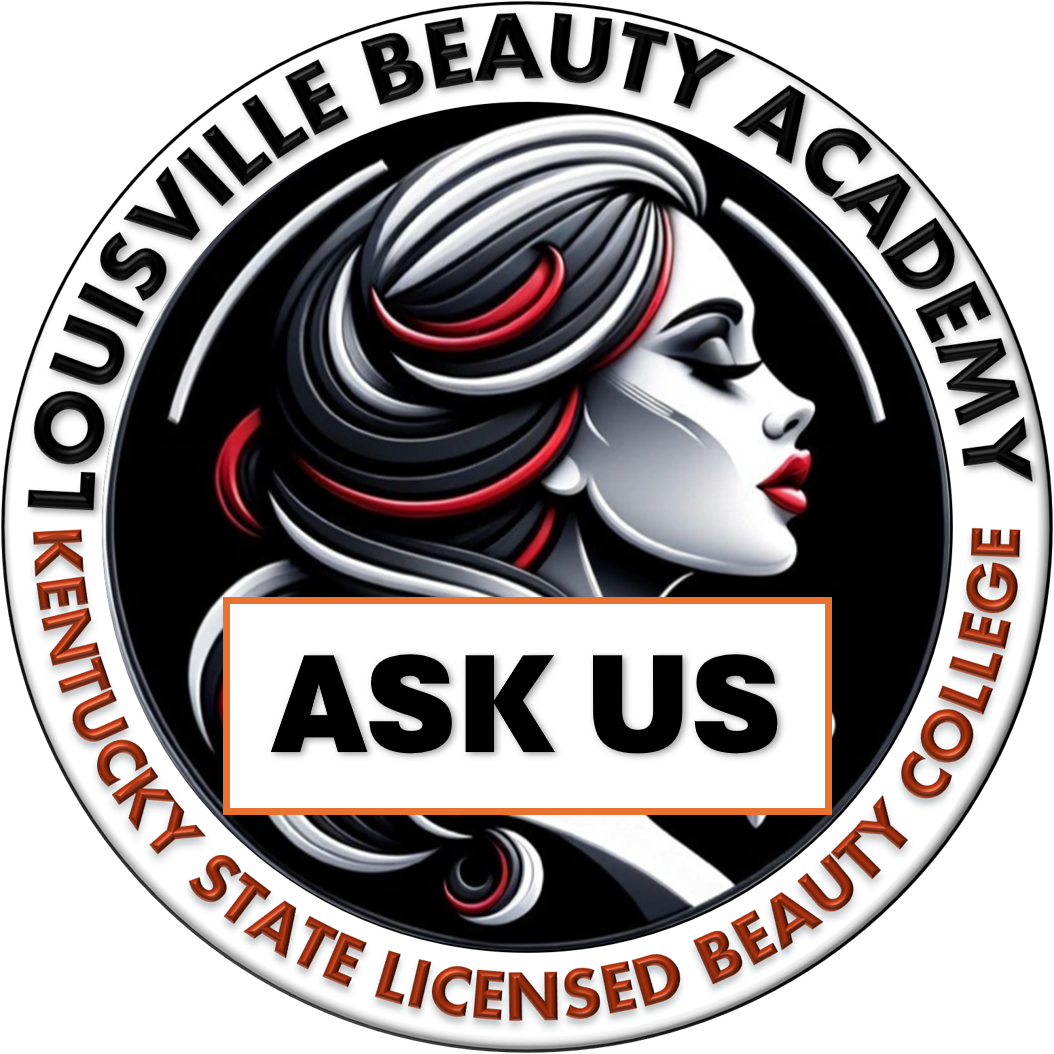A nail technician is a skilled professional who specializes in the care of hands and feet, specifically in treating and beautifying nails. Their responsibilities include:
- Manicures and Pedicures: Cleaning, shaping, and beautifying fingernails and toenails.
- Nail Extensions and Overlays: Applying artificial nail techniques like acrylics, gel nails, and silk wraps.
- Nail Art: Creating designs on nails using various techniques and materials.
- Client Consultation: Assessing client’s nail health, discussing desired outcomes, and providing advice on nail care and products.
Licensing and Training Requirements
In most regions, becoming a licensed nail technician requires:
- Completion of a Cosmetology or Nail Technician Program: These programs, offered at vocational schools or community colleges, typically cover topics such as nail anatomy, disorders, sanitation, and various nail care techniques.
- State Licensing Exam: After completing an accredited program, candidates must pass a state licensing exam, which usually consists of both a written and practical component.
- Continuing Education: To maintain their license, nail technicians may need to complete continuing education courses.
Making Money in Nail Technology
Nail technicians can earn income through various avenues:
- Working in Salons or Spas: Many nail technicians work in beauty salons or spas, either as employees or renting a booth space.
- Freelance Services: Offering services independently to clients at their homes or in a personal studio.
- Specialized Services: Focusing on high-demand services like elaborate nail art or premium nail care treatments.
- Teaching and Training: Experienced technicians can become educators in beauty schools.
Earnings Potential
The earnings for nail technicians vary based on factors like location, experience, and services offered. For instance:
- Basic Manicure or Pedicure: May range from $15 to $50.
- Nail Extensions or Elaborate Nail Art: Can cost upwards of $60 to $100+ per session.
Is Nail Technology Right for You?
To determine if a career in nail technology is a good fit, consider:
- Passion for Beauty and Creativity: An interest in fashion, beauty, and artistic design is crucial.
- Interpersonal Skills: Being sociable and able to comfortably interact with clients is important.
- Attention to Detail: Precision and a meticulous approach are key in this field.
- Patience and Dexterity: Working with small tools and detailed designs requires steady hands and patience.
Conclusion
Nail Technology is a vibrant and creative field offering various opportunities for those passionate about beauty and personal care. With the right training, licensing, and skill set, it can be a rewarding and lucrative career choice.















